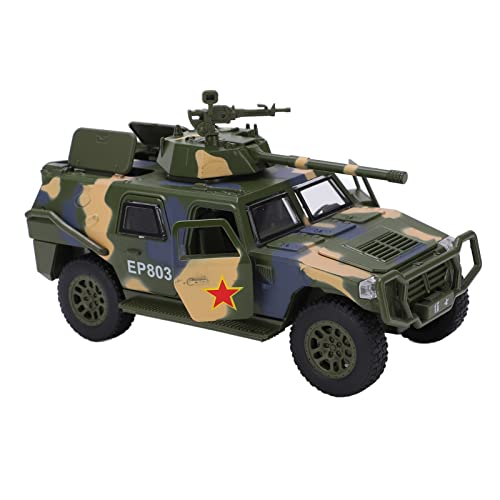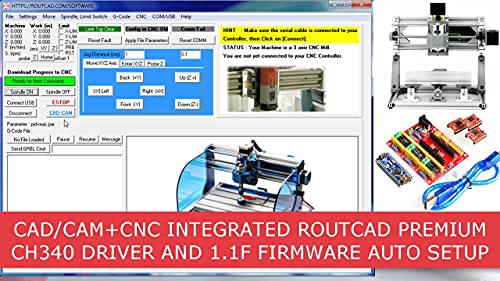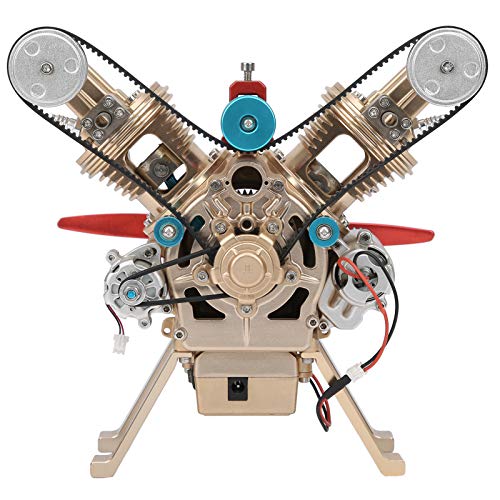Very fine "wet and dry" paper with 600 ~1000 grade carborundum, on some plate glass (a second-hand mirror is good) on the surface plate, both protects the surface plate from being abraded out of true, and gives a disposable abrasive surface that is pretty accurate for heads and blocks. With Wet and Dry paper you can use a light oil (even fuel oil/paraffin) when polishing in a figure of 8 pattern, which helps clear the grit from clogging with aluminium. When I was a lad in the machine shop we had a few "old mirrors" from second-hand furniture that we used. The mirrors showed any distortion in the glass, so we knew they were pretty true! We NEVER used anything abrasive directly on the surface of the surface plate - It was sacrosanct! - Normally kept beneath an oiled cloth with wooden cover. - Always used for measuring with slip gauges, etc. so surface polishing was done on the glass placed on the surface plate. I was amazed how a large mirror from a dressing table bent when handled, but was as true as we could judge when resting on the surface plate and a steel rested upon the glass. = no gaps! But we only polished surfaces to minimise machining marks from aluminium heads that were turned in the lathe (24inch swing - A big beast!). Cast iron and steel items were ground on a table/face surface grinder. (Not aluminium as it clogged the stones which then needed very frequent dressing).
K2




































































